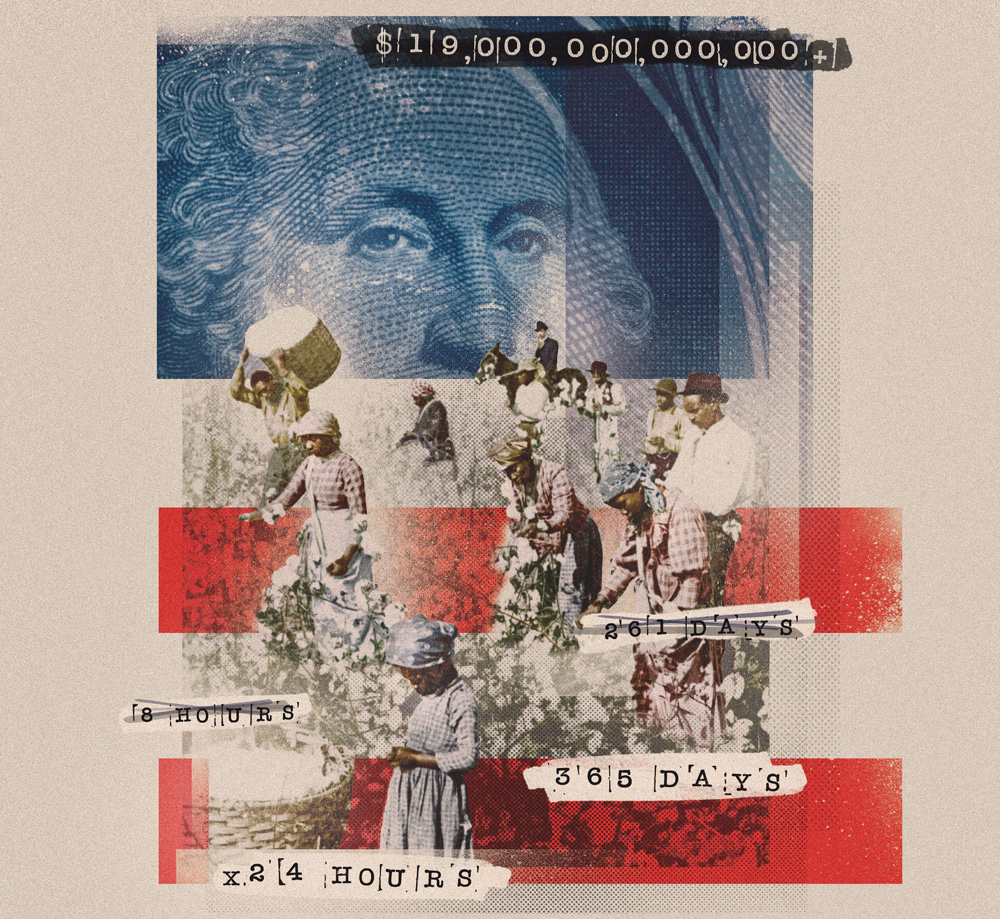Historical figures seldom leap off the pages of history books, and we rarely hear their voices outside of those texts. However, professor of public policy Thomas Craemer will tell you that the education he received growing up in postwar Germany prepared him for just such a chance meeting.
Craemer’s parents were children when the war ended. The professor, whose research focuses on race relations and reparations, says that in the immediate postwar era no one wanted to talk about the war or the atrocities that defined the Nazi era. It wasn’t until his parents were adults that the curtains were drawn back, and a new wave of interrogation and accountability began.
“Their generation started asking their parents, ‘Where were you? What did you do? Why did you not act? Did you know anything?’ and so on,” says Craemer.
The results were far-reaching. Craemer says his generation had a public-school curriculum that included a lesson about the Holocaust in every subject.



